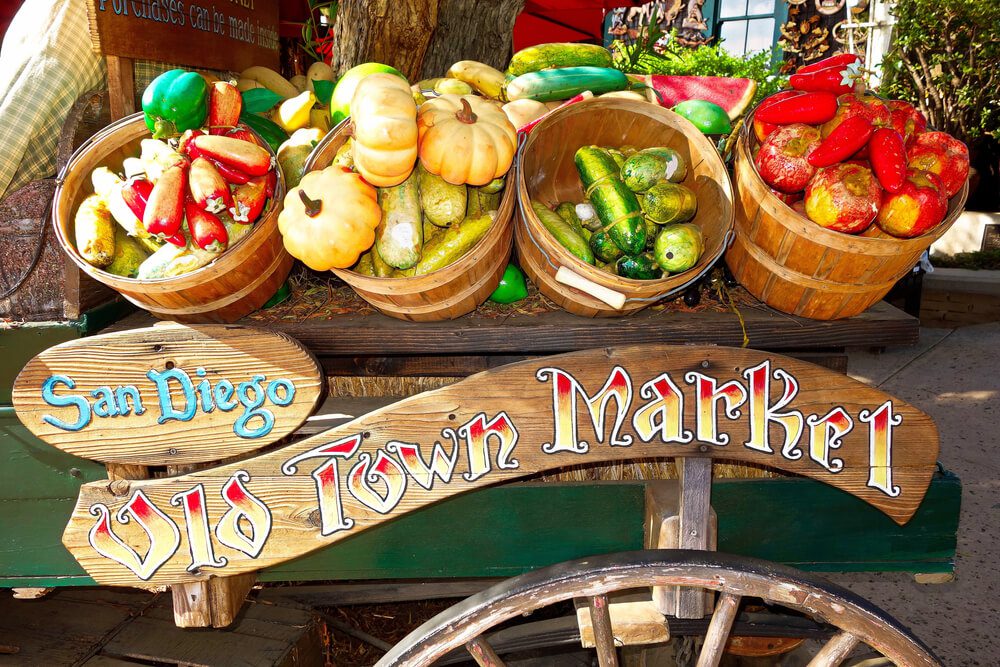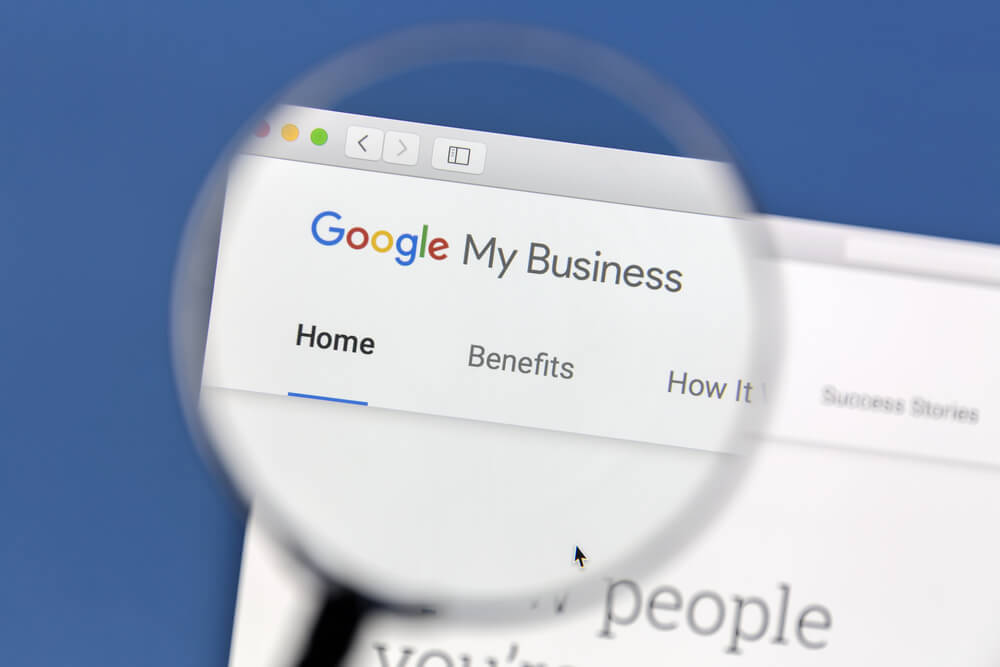
Capture the San Diego Vineyard Market With Great Local SEO
San Diego has a vibrant wine industry with passionate winemakers, more than 60 distinct varietals, and exciting wine events hosted by local connoisseurs. People come here to enjoy, sample the local reds, whites and bubblies, or meet like-minded folks.
So, how do you optimize your vineyard website for these wonderful leads? The solution is local search engine optimization (SEO). This article is about using this strategy to promote your winery pages. It will cover how to:
- Perform a comprehensive SEO audit
- Optimize your Google Business Profile (GBP)
- Create engaging content
- Improve user experience (UX)
Partner with a San Diego local SEO agency to get the best results. Get ready to take some notes. Let’s go!
Watch this video to learn about the Digital Authority Partners approach to local SEO!
Perform a Comprehensive SEO Audit
Use your keywords and search for your pages on Google Search. Do you see them on the first page? Getting your pages to rank on the first page of results is the key to getting more attention from local San Diego SEO, especially from local wine patrons. They are more likely to click on pages that rank higher, because they see these as the best answers to their queries.
Start with a thorough SEO audit to review issues on your site that affect your ranking. Every optimization campaign should start by performing an audit. Auditing once every six months is the best practice for a small business that has a small site. A larger company with a large site containing numerous pages should conduct SEO audits once a month. An SEO audit will:
- Review site technical SEO. This is how well Google and other search engines crawl and index your site. An audit analyzes any issues with indexing, crawling, and website architecture. With these issues resolved, search engines can easily index your pages and offer them to people looking for your content.
- Check on-page SEO. This is checking all of your page elements to see if they are optimized for ranking. On-page audits include reviewing your content, keywords, meta descriptions, meta titles, site navigation, and image alt texts.
- Find off-page SEO issues. This analyzes your off-page strategies to achieve higher rankings, including backlinks, referring domains, domain rank, and more.
After an SEO audit, you’ll have a list of optimization issues that will need to be addressed. An experienced local SEO agency can help you solve these issues ASAP.
Optimize Your Google Business Profile

When people look for local vineyards or wine events using Google search, they get a list of wineries along with map information. Google calls this the Local Pack, and businesses included in this group get the most clicks, calls, and visits. Ranking in the local pack is your goal, and one of the ways to do it is to optimize your Google Business Profile (GBP).
Your local GBP is a dedicated listing that shows whenever someone looks up your business, or uses your keywords in a query. GBP is linked to Maps, which means you must ensure that all information is correct to help your customers find you on Maps. By claiming and managing your GBP, you can land in Google's Local Pack. Here are ways to do it:
- Claim your GBP listing. Go to your profile and click "Own this business." Google sends a postcard with a code to help you claim your listing. Once adequately verified, you can start optimizing your GBP.
- Ensure that your name, address, and phone numbers (NAP) are updated. Use your business’s actual name and contact information. Your NAP should be consistent in all your pages, blogs, and online directories so that customers can easily find you online and offline.
- Use the correct category. Currently, more than 4,000 categories exist in GBP. For vineyards and wineries, categories include a wine cellar, wine club, wine store, winery, wine wholesaler and importer, and winemaking supply store. Choose the correct category that will get the best exposure to your business.
- Add many photos and videos. Take pictures of your business, your products, staff, and amenities. Videos and images of a wine-tasting event or a party that your venue hosted, would be great for promoting your local business. Describe your photos concisely and accurately.
- Include virtual tours and 360-degree views. A virtual tour of your vineyard and facilities promotes your business. A 360-view image of the vineyard and winery can give your customers an excellent first impression.
- Add Q&A. Include questions your customers are likely to ask, like the directions to your vineyard, nearest landmarks, and more. Q&A helps answer quick questions and automates customer service.
- Enable direct messaging. Add this feature to your GBP profile. Customers can message you from your profile, and you will be notified through your mobile device. Immediately answer.
Create Engaging Content
Content helps pages rank. Engaging wine content can attract customers to your website and your business.
Aside from directions to your vineyard or wine-tasting event, people also look for information like the best wine to pair with chicken, or the top wine to ask for in San Diego. They want someone who knows exactly what they need and can trust to provide the correct information. You can become this resource by creating relevant and helpful content.
The following techniques can help you start:
- Define your audience. Learn what your audience wants, needs, their issues, or pain points. Are they looking for wine-tasting events, or do they enjoy a wine tour? You can find this out by using Google search and People Also Ask (PAA) features.
- Stand out from other wine pages. What is your unique value proposition? What makes your vineyard different from other local businesses? Highlight these in your content.
- Use various content types. Try different styles to highlight your business, including blogs, videos, podcasts, infographics, e-books, and newsletters. Maintain brand consistency on all of the content that you publish.
- Share your content. Use social media to share your content with your followers. Add social media sharing links to your content, blog posts, infographics, videos, and other content you published.
Improve User Experience

User experience (UX) refers to how customers interact with your page. It covers almost all the aspects of your website or mobile app, from how fast it loads to how your navigation buttons work. High UX means your customers find your site efficient, updated, and easy to use.
A high UX also helps you rank higher on local search engine optimization pages (SERPs), as Google considers page experience one of its top ranking factors. Google has Core Web Vitals, a set of metrics that checks UX against website loading performance, visual stability, and interactivity. These tactics should help you promote UX on your local winery website.
- Ensure your page is mobile-friendly. Use a responsive layout, compress your images, avoid popups, change call-to-action (CTA) button placements, etc.
- Secure your website. Update site elements regularly, use an SSL certificate, and use a secure and dedicated hosting service.
- Use clear, relevant, and original images. Photos help your audience understand content better and improve their experience while browsing your site. Use only authentic, clear images and never stock photos.
- Observe proper content formats. Use bullet points, bolded fonts, and subheadings to help your audience understand your content, especially on a small smartphone screen. Add your CTA buttons at the top, middle, and bottom of a page, so that readers will not have to scroll back to click on your offer.
Summing Up
Capture the San Diego vineyard market with local SEO. Remember to perform a comprehensive SEO audit, optimize your GBP, create engaging content, and improve UX. With local SEO, you can rule San Diego’s vibrant wine market and be the authority on everything wine in America’s Finest City.
Want to learn more about how local SEO can boost your business? Contact Digital Authority Partners, your San Diego SEO experts.
Want To Meet Our Expert Team?
Book a meeting directly here




